Quad has never made a headphone before and so we were delighted to hear about, and get the chance to try, their ERA 1 planar cans costing £599. Janine Elliot takes a listen.
I grew up during probably the most exciting time in audio, eager to own a Quad 33/303 and then a 405 and saving up so I could one day get an ESL57 or better still an ESL63. Actually, I didn’t get any of these until an adult. I made do with Sansui amp and Audiomaster loudspeakers, though I did get a pair of PWB electrostatic headphones as I could hear the importance of good personal stereo. That was when Mr Belt made some good British products. I pretended that my headphones were Stax Lambda Earspeakers or miniature ESL57s. With the rise in sales of headphones over the last 5 years up by 50% this is now a very big market, so it was great to hear that Quad finally bit the bullet and introduced a headphone to plug into their PA-One headphone amplifier. I have been waiting for this moment for years though I, like most, was surprised that they didn’t introduce an electrostatic headset (even though of course that wouldn’t work with their PA-One). What they have done is use their extensive knowledge on electrostatic diaphragms to create a planar design that is pretty damn good for a first attempt. Where conventional drivers can cause a less than perfect frequency curve, and generally are heavier and slower in performance, planars are quicker and more accurate due to the ultra-thin diaphragm set between two magnets. Where conventional drivers might have phase irregularities, a planar design has all parts of the diaphragm resonating equally giving a more accurate sound and with no inductance-related intermodulation distortion. That distortion can make them sound bright and edgy. Planar headphones do have some drawbacks, though. Firstly they are generally not so bright sounding as conventional headphones, though there are exceptions, such as my favourite Abyss AB-1266. Another drawback of planars is that they are usually more expensive and also less efficient. The Quad ERA1 is neither of these. At 20Ω and £599 it can be connected directly to your portable player without fear of having to turn up the volume to the top.
CONSTRUCTION
This is an over-the-ear headphone though considerably smaller than an Audeze LCD-4, for example. At 450g it is also fairly heavy, though still lightweight compared with some Planar designs, and I didn’t feel weighed down when using it. It has a robust metal and plastic construction looking very expensive but orthodox. It also comes with two ear cushions; one made of latex topped with fleece fabric, and a spare set made of soft leather, so you can use whatever suits your ears. The headband is very comfortable though fairly aged in appearance, looking similar to the Oppo PM-1. The metal ear cups are of very good construction and protects the diaphragm. As for the drivers themselves, the Quad ERA-1 incorporates an ultra-thin, electrically active diaphragm which is thinner than a human hair, yet it is extremely strong and highly elastic, weighing less than the volume of air that it displaces. This is sandwiched between a magnet system, which according to Quad is “designed to maximise sensitivity and consistency of the applied force over the driver area.” Patented non-linear vibration suppressing technology allows the drivers to hit up to 40,000Hz faultlessly and ensuring clarity of music. There is a metal cavity behind the driver which is specially designed to improve acoustic performance, and the drivers themselves are very closely matched. Topping it off is a high-quality, detachable 215cm cable with 3.5mm plug and screw-in ¼” adaptor and an attractive and durable carrying case to put it all in.
SOUND QUALITY
Quad is famed for saying ‘The Closest Approach to The Original Sound’, and their amplifiers and electrostatic loudspeakers have stood the test of time and still revered by audiophiles around the world. They are also claimed to have said that their amplifiers were “a straight wire with gain”. Their amplifiers do indeed have a distinctive footprint; a distinguishing mellowness and warmth through the bass and midrange frequencies. So too, do these cans. That warmth and musicality is in earnest in the ERA-1 making them easy listening with punch in the bass and still detail and speed in the top end, though the sound is neutral. Listening to music from the days of the Quad 405 – Kinks track “A Rock’n Roll Fantasy” from the album ‘Misfits’ (24/192), Ray Davies’s equally distinctive voice has its midrange lisp, and these headphones bring this out more than my regular Audio Technica W1000Z and Sennheiser HD650’s, that are more open and with a top frequency accentuation. Doing comparisons with these or other headphones, however, is never a good idea. AB comparisons can be fraught and inconclusive. Our hearing adjusts not only level but also EQ; just listen to something loud, then play it at your normal listening level and you will find it now too quiet until your hearing adjusts to it. Similarly going from the Quad to the AT cans initially gave a sound that was far too bright and painful, but after a few minutes of continued listening they start to feel normal. The best approach, therefore, is to spend a longer time with each, take notes, and then a break before swapping with other headphones. When I orchestrated a listening test for new speakers at the BBC to replace the aging LS5/8’s the test was inconclusive because it was a series of comparisons; the brighter speaker sounded more fun and hence got more votes but it wasn’t actually the best speaker musically, nor conducive to long hours of listening! The Quad goes all the way up to 40,000Hz, way past my hearing, but the bass was just slightly raised taking away some of that top end, but boy does it sound good. Interestingly the ESL63 which I owned some years ago had a similarly well controlled top end, and I remember Quad made a point saying that it was correct; just that we expect an unreal ‘lift’ at the top frequencies. Once I got used to the sound, anything that was brighter sounded too much. All frequencies are covered, just that it is well behaved in the top. If you like Quad electrostatics you will like the ERA-1.
Pink Floyd’s ‘The Wall’ and the track “Hey You” was allowed to excel in the bass and mid-band with a speed in the transients that conventional motors cannot muster. Nick Mason’s drumming is potent and energetic. Only that the voice wasn’t quite as clearly discernible over other instrumentation happening to be playing at the same frequency. At 3’22” starts a repeating violin line that sounds like a swarm of bees, and it was actually clearer on the Quad than my cans of choice, with detailed harmonics that I hadn’t been aware of before, largely at the mid-frequency band that the ERA-1 excels at. Everything was in the correct proportion. Quad being able to produce the king of electrostatic loudspeakers I just wished the sound from the ERA-1 was as open as it is on my electrostatic Earspeakers from Stax. I still felt at times like I was wearing headphones rather than listening to music. Perhaps the next model should have a larger ear-cup with a slightly angled or a larger membrane which would give a more 3D sound as is heard from my Stax and Audio Technica. If the top end had more bite, I would be happier.
Listening to Vivaldi in Venice (Mike Valentine) and the Tartini Violin Concerto the sound was much more open and inviting and the bass end was one of the best I had heard. The harpsichord was all there, but just not as pronounced as I would like. David Bowie’s epitaph ‘Blackstar’ title track “★” has a very pronounced digital bass and snare-line which might sound too overpowering on headphones. The skins and drumstick sounds, however, were not quite so clearly defined through the Quad as on my choice cans. That said, after actually listening on my AT’s it was just so bright that the top end became unbearable, so going back to the Quad was actually quite a welcome relief, and in terms of long listening times the Quad was top ★. Moving on to my own album ‘Boxed In’ and “Boxes” the vocals are perfectly proportioned; sometimes my vocals can sound overwhelmed by the complex orchestration, but Quad have got it just right here. This was indeed the closest approach to the original sound. These Quads might only be £599 (OK, Hifiman do a planar at half this price) but they compare with some I have heard at £2000.
Holst Planet Suite, (Karajan, Decca) is a great recording and these headphones through my Brocksieper phono amp gave a compelling performance and chance to listen to a few mic stands being hit (eg at 3’49”) and lorries driving past. Indeed, the 7th movement not only had a few scrapes and wheezes but a brilliantly audible bass drum beat at 3’19” that my resident cans miss out.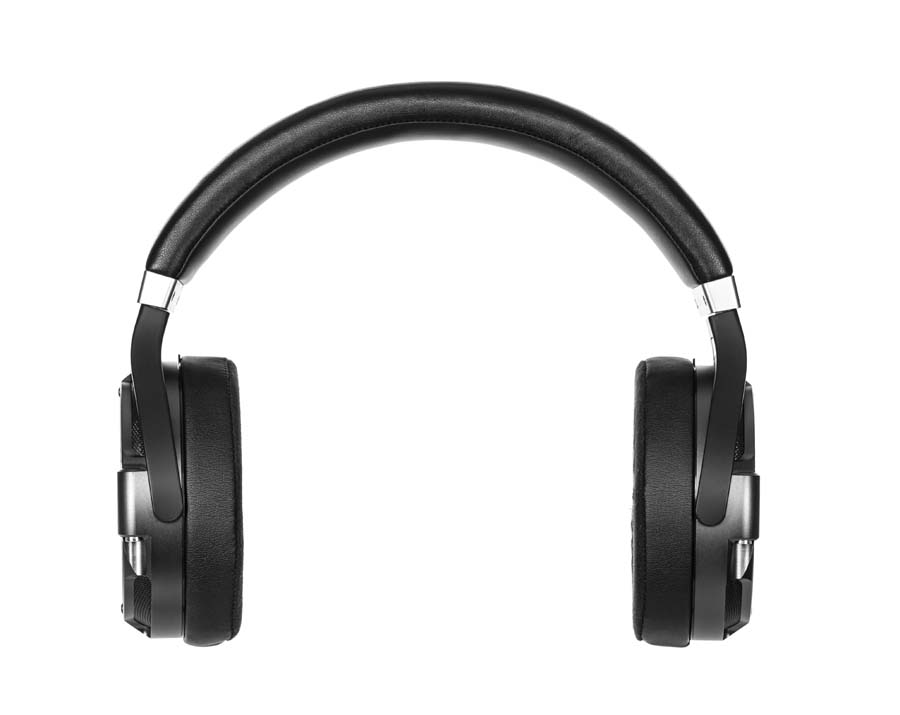
Turning to one of my favourite albums David Rees-Williams Trio ‘Classically Minded’ and “Music for a While”, whilst cymbals weren’t quite as prominent as I expected them to be, the soundstage was actually better than I anticipated. In ‘Prelude and Fugue in D Major’ cymbals were quick and unconstrained, and whilst not ‘in your ears’ [sic] it was balanced making the whole music very enjoyable. The ERA-1 performed with ease. “Nun Komm der Heiden Heiland” had a much more musical sense of rhythm and detail of reverb that I have heard on other headphones. Similarly, breaks in music were allowed to form a clear and natural decay.
For a first attempt at headphones Quad have succeeded well. The sound is full and detailed with an especially good bass and midrange depth and speed. And for those who like the Quad aural signature then these are ideal partners for your ears. For £599 these are exceptionally good value, and I look forward to their next model. Perhaps one day an electrostatic? Go on, please.
CONCLUSION
These are very good headphones for a first attempt, and ones that I had great pleasure listening to. The bass and midrange is typical Quad and the top end is refined and not overstated. It worked well with all my headphone amps and also directly connected to my low output PDAs, something rare for planars. At £599 they are also very good value. If you want to listen to music for long a time without fatigue then these could be your ideal partner, but if you want lots of excitement then these might not be your choice.
AT A GLANCE
Build Quality: Well-constructed and look good
Sound Quality: Fatigue-free listening with excellent bass and midrange, full-bodied sound and silky top end.
Value For Money: £599 for a planar design and musical performer is excellent value for money
Pros:
Excellent bass/midrange
Fatigue-free
Excellent value for money
Cons:
Some might find top frequencies not exciting enough
Price: £599
Janine Elliot
Review Equipment:
Slee Voyager and Solo, and Brocksieper headphone amps, Fiio X5, X1ii and ATC DAPs, Sony TC766-2 R/R.
Tech Specs
– Transducer: Dynamic
– Diaphragm: Planar Magnetic
– Wear: Over Ear Headphones
– Impedance: 20Ω +/-15% (@1kHz)
– Sensitivity: 108 +/-3dB/Vrms
– Sensitivity @1000Hz: 92dB/mw
– Frequency Response: 10-40,000Hz
– THD: <0.2% (@1000Hz, 1mW)
– In Power: 100/300mW (rated/max)
– Channel balance: <2dB (@100-5k Hz)
– Cable Length: 3m
Accessories:
– Synthetic leather earpads
– Genuine sheepskin earpads
– 1-Y cable
– Eva carry case












































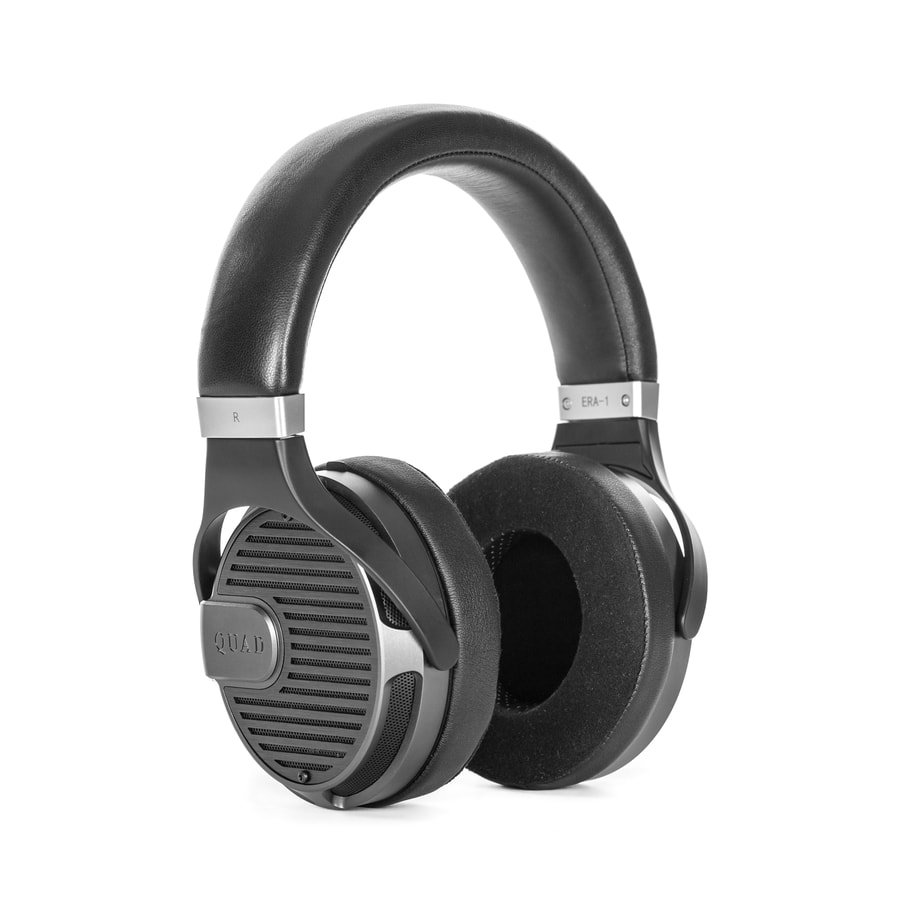
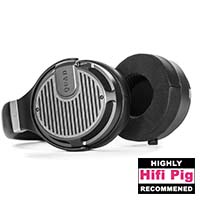
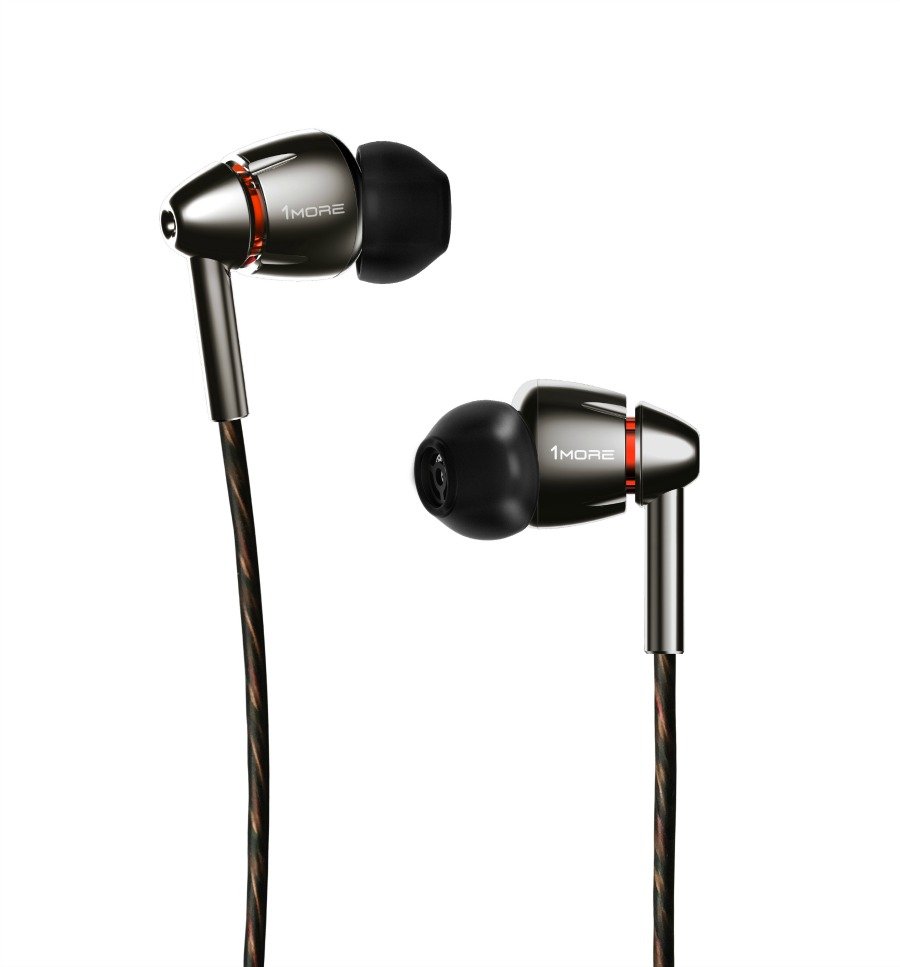





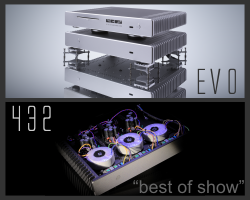

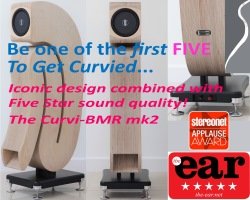


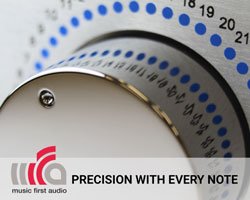




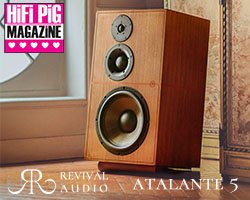







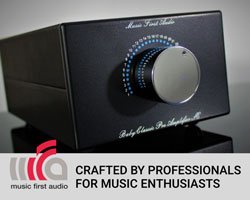


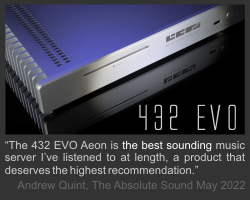





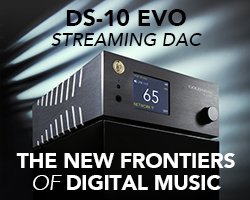


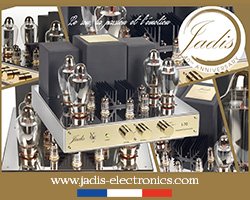


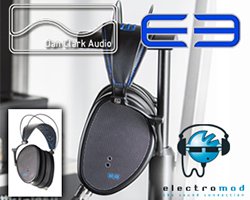

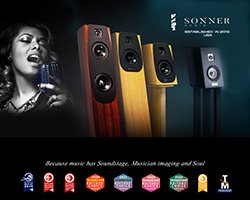




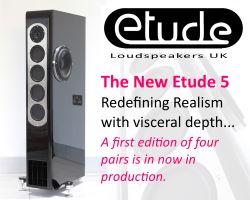




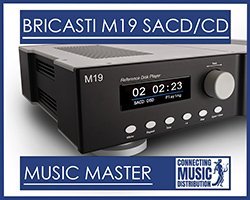




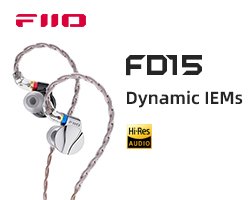











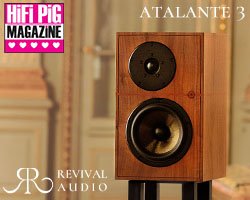




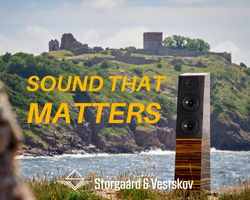


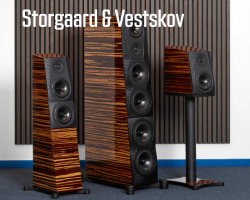
















































You must be logged in to leave a reply.